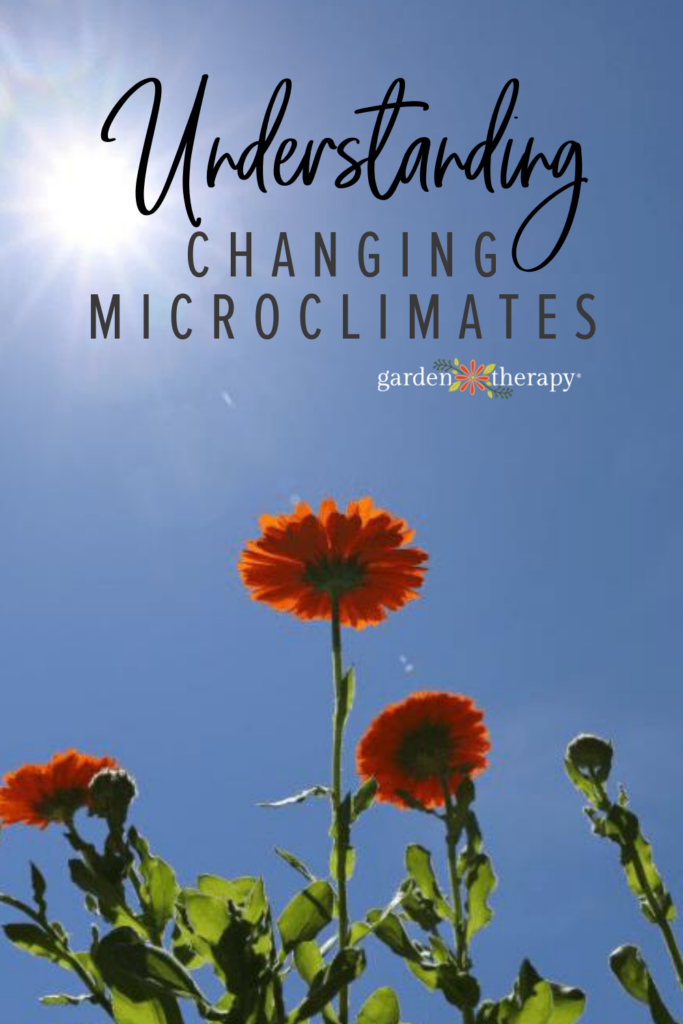Gardening ten years ago is not the same as gardening today. With temperatures changing and drastic weather conditions becoming increasingly frequent, gardeners can no longer rely on old averages and practices. Understanding how local climate works now, not ten years ago, may be the key to a successful garden amongst changing times.
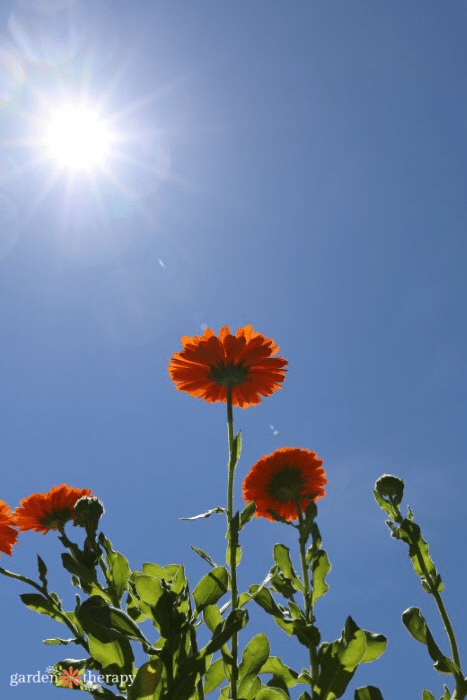
A few months ago when I was hosting The Regenerative Garden Book Club, I couldn’t stop coughing. My apartment felt as though it were getting smoky. I almost feared that a fire was happening downstairs!
It turns out that my tenant in the unit below me was cooking a really hot pepper. The smell wafted up and it got so bad that I have to open all my windows and turn on my air purifiers to get rid of the smell.
This past summer, we had a very intense heatwave. I’m talking more than 40 degrees Celcius in June. For Vancouver, this is practically unheard of. And since peppers get hotter with more intense heat while growing, the resulting warm weather meant that the local peppers were quite the doozy.
Funny enough, my solution was air purifiers, another result of my local weather. Wildfire season is now an annual thing here in BC, which means at some point in the summer we can expect Vancouver to be blanketed in smoke. Like how some consider air conditioning a must, air purifiers have become essential for me in my home. Without it, it becomes difficult to breathe amongst the smoke.
Without a doubt, the weather is changing and it’s affecting us every day, be it as big as a wildfire or as small as hotter peppers.
This post will cover…
- Understanding Microclimates in Gardening
- Regenerative Gardening Climate Practices
- Climate-Friendly Garden Projects
- Frequently Asked Questions About Climate in Gardening
- Our Next Steps
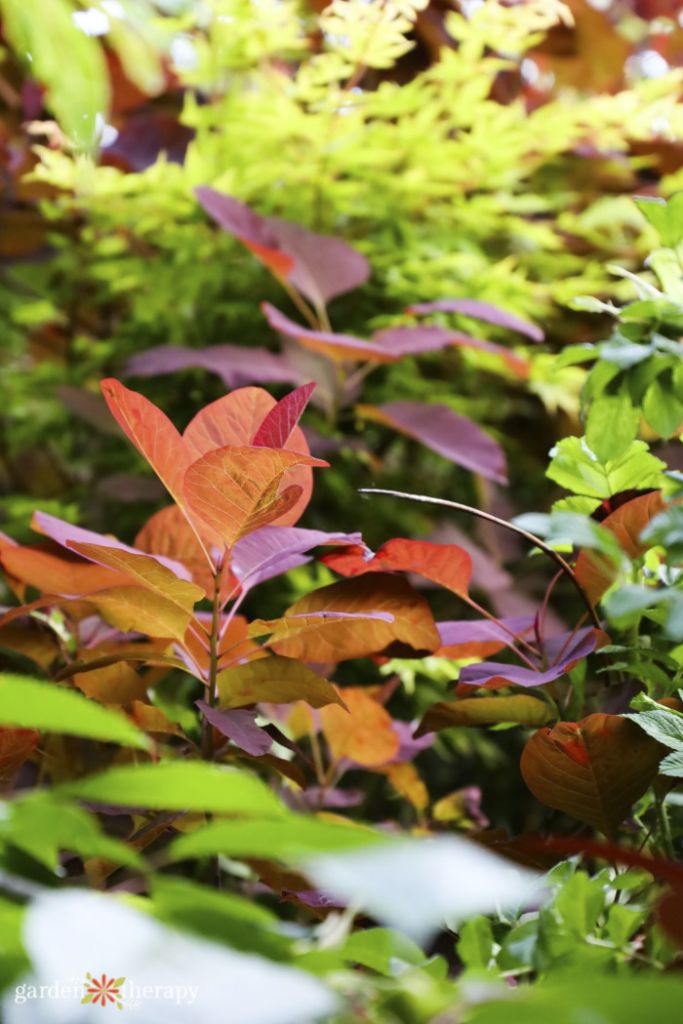
Understanding Microclimates in Gardening
As gardeners, we are constantly looking at weather patterns. When will the ground thaw and allow us to plant our seedlings? At what time of day is the sun the hottest so we can offer shade protection for our plants? When will the first freeze come and officially end the gardening season?
To understand the weather, we typically would look at the thirty-year historical average of data. Before, this could give us some fairly accurate data. But now, the weather is too rapidly changing for us to rely on this information.
The weather has never been more different than it is today.
Instead, we all must come to understand our individual microclimates and work within them. Even in established zones, things can vary greatly.
For instance, in the Greater Vancouver Area, our mountains are always rainier. But when you get to the coast, it’s very sunny along the water. Go a further half an hour away and there’s even more sun.
Everybody has a unique microclimate to deal with in their own garden.
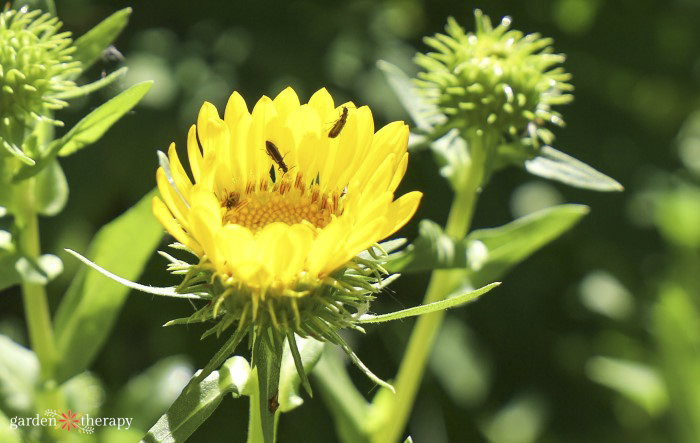
Regenerative Gardening Climate Practices
When it comes to climate, there’s quite a bit to sit and think on. To begin, we need to see where we’re at, where we’re going, and then identify where we need to make the changes.
For me, the effort that goes into making a regenerative garden initially pays off as it is less work for me to manage. A big part of that is understanding how to work with the natural cycles, the land around you, and letting the ecosystem regenerate itself.
Tracking and harnessing climate doesn’t have to fall on meteorologists. And it doesn’t have to be difficult either. You can use the climate’s natural energy combined with smart design systems that work for, not against you, in your microclimate.
In cold regions, you can capture heat with thermal masses or greenhouses. In warm regions, you can cool plants with shade and water. And if set your systems up right, your garden will take it from there!
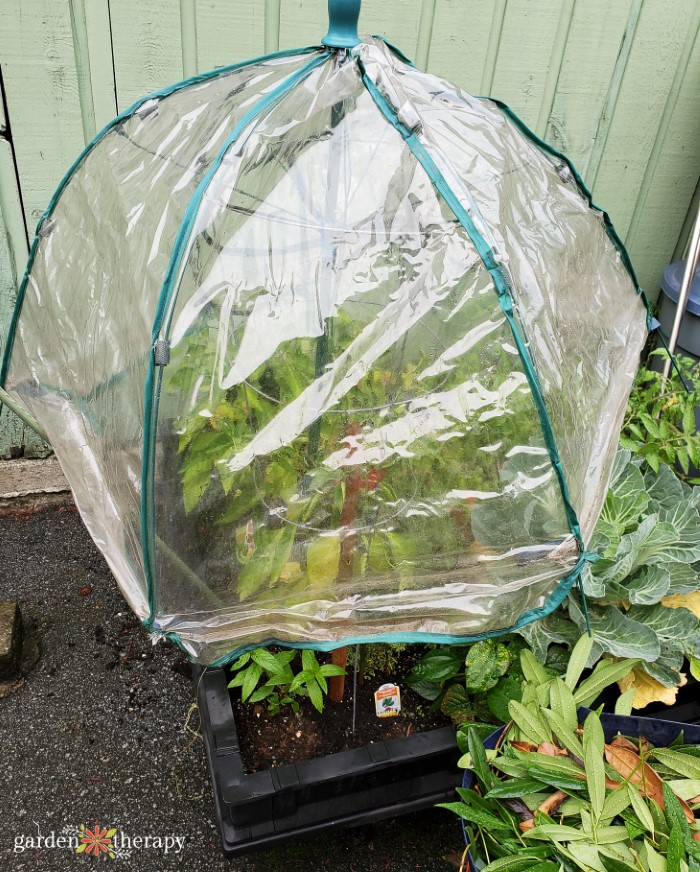
Climate-Friendly Garden Projects
When it comes to exploring the power of climate in the garden, there are many projects and designs you can implement into the garden. Here are a few.
- Greenhouses: a greenhouse can help to extend the season in colder climate. They capture and store heat and light while also protecting plants from wildlife. They don’t have to be big either. A simple clear umbrella over a planter does the trick.
- Thermal mass: structures can actually capture, hold, and radiate heat to warm plants and soil around it. With the right materials, you can harness the power of the sun for your plants.
- Herb spirals: not only do they add additional space to your garden, but they allow you to use materials to help hold heat and place plants in varying levels of sunlight.
- Windbreaks: while I love a cool summer breeze, you can have too much of a good thing sometimes. Windbreaks create protection from strong winds for more delicate plants.
- Reforestation: many of us live in communities that once use to house many more trees. Not only are they beautiful, but trees help to cool streets with their shade and feed the soil. Making an effort to replant trees in neighbourhoods is a must.
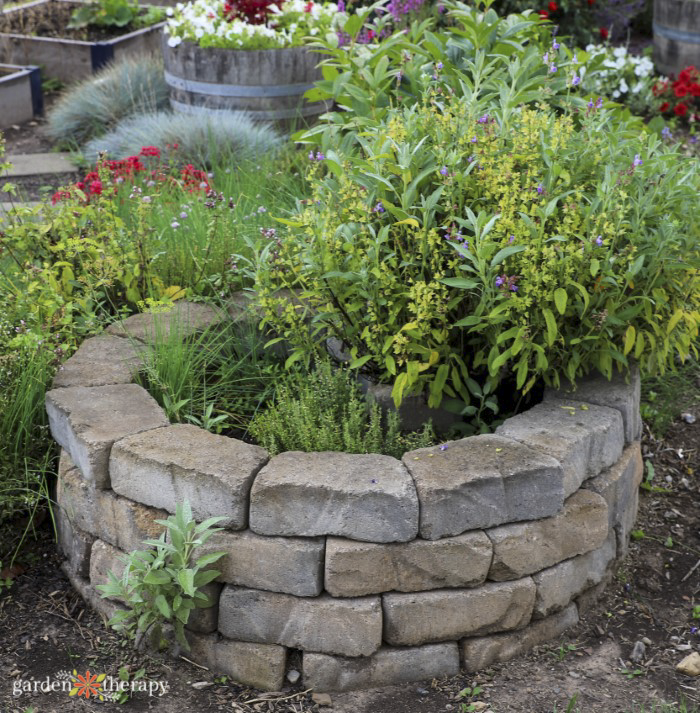
Frequently Asked Questions About Climate in Gardening
Understanding climate allows you to grow healthier and more resilient plants for your area. Some plants can be costly and you want to make sure they’re going to survive in your climate.
Climate includes rain/snowfall, heat, wind, and humidity. All of these play a factor in your unique climate conditions and each plant will have different ideal conditions.
Just about any climate can grow all kinds of vegetables, fruits, and plants. Lower zones are cold-hardy and can withstand colder temperatures. Some plants even need the cold in order to germinate or grow in the spring. Plants with higher zones are more likely to handle the heat.
Zones 9-11 are fairly tropical, while zones 3-7 can survive some cold conditions but won’t handle prolonged cold, and anything below 3 is very cold tolerant.
Understanding your climate zone can help you identify what kind of plants will grow best in your garden. A zone will have similar weather conditions, humidity, and precipitation levels.
If a plant says it grows well in your zone, it works well with your rainfall amount, sunlight levels, wind, humidity, heat, cold, and other climate conditions. For a successful garden, you want to try and grow plants that work in your zone.

Our Next Steps
All of these projects can be found in my upcoming book, The Regenerative Garden. Beyond climate, I explore over 80 concepts and projects that can be applied in the home garden to make it more sustainable, self-reliant, and biodiverse.
Regenerative gardening is one sure way we can make an impact on our local communities. And when everyone starts to care about these practices, it makes an impact globally.
We can work with these changing cycles in our climate and speak loudly. Let everyone know that this is a planet we care about and want to keep caring out.


